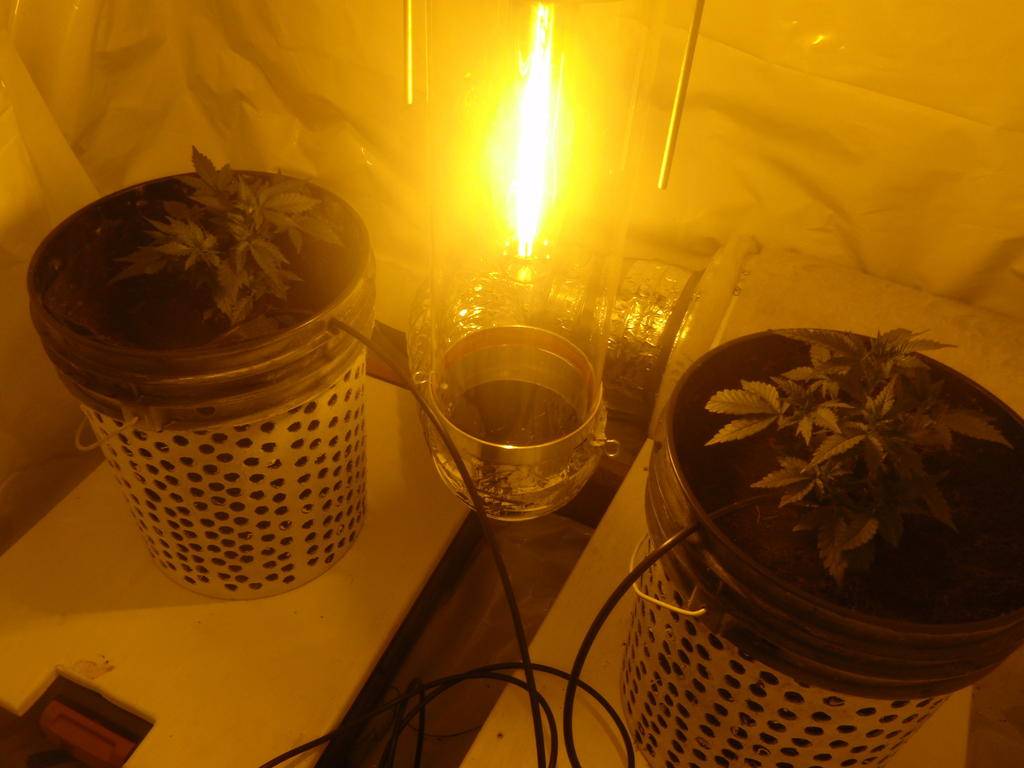Found the camera....
Found the camera....
D9,
Not ready to set up a thread just yet, but here's the set up:

Thanks so much for all the work you've done on this...
Found the camera....
D9,
Not ready to set up a thread just yet, but here's the set up:
Thanks so much for all the work you've done on this...





